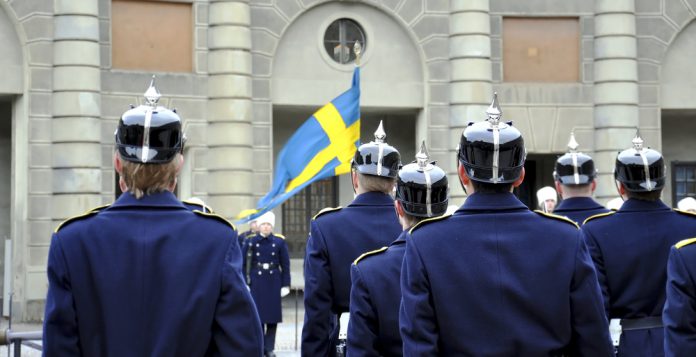The Sweden abolished the draft in 2010, the country has decided to reintroduce a military draft for men and women over security concerns and the growing threat from Russia.
The Defence Minister Peter Hultqvist said the government is reintroducing the draft due to a deteriorating security environment around Europe.
“We have had trouble staffing the military units on a voluntary basis and that needs to be addressed somehow,” said Mr Hultqvist on the public service radio SR.
Under the newly approved plan, at least 4,000 out of a possible 13,000 18-year-olds will be called up each year, starting in January 2018.
Those selected will have to serve for between nine and twelve months. The aim is to encourage them to become military professionals.
Sofia Hultgren, a Swedish student who turns 17 this year, is one of the many teens that could be drafted in the coming years. She told Reuters that many young Swedes viewed lengthy careers as military professionals as odd and old-fashioned. “I think many see it as something lame, something your father did, when there are so much other fun things to do,” said Hultgren, a st
“I think many see it as something lame, something your father did, when there are so much other fun things to do,” she said.
However, she was not against the reintroduction of military service and said she would consider the training, even if she did not want to make it a career. “I think this can give a feeling of comfort. Conscription strengthens our defence when we see so much ugliness in the world,” she added.
The wages for professional soldiers are well below the national average for the age group and provides little monetary incentive.
“This buffer is now exhausted and that leaves great challenges in recruiting,” said Johan Osterberg, a researcher in staffing at the Swedish Defense University.
Data from the Stockholm International Peace Research Institute shows that Swedish military expenditure has fallen from 2.5% of GDP in 1991, around the time the Soviet Union collapsed, to 1.1% in 2015.

